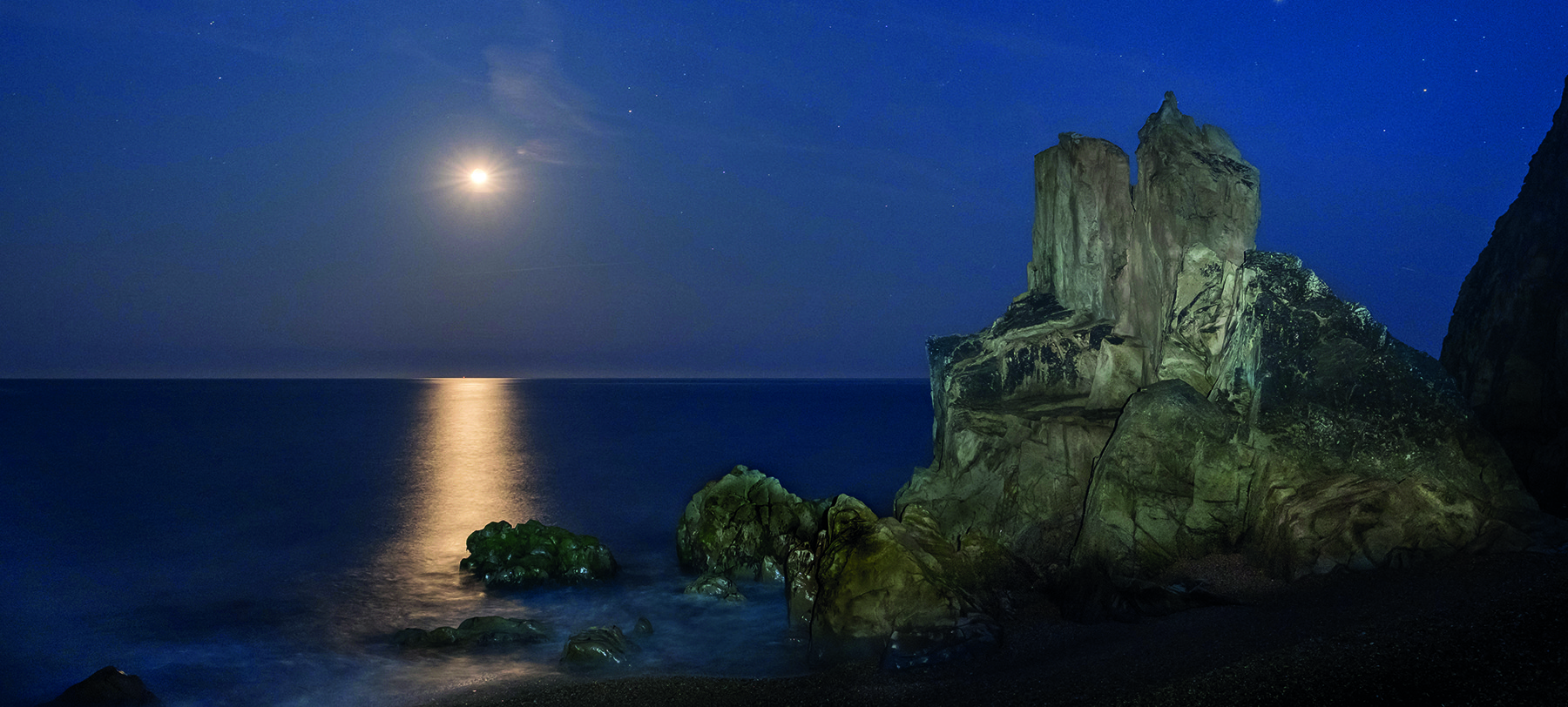
Photographer Ginny Campbell pushes the Fujifilm X-T3 in low light – Make the Switch
Our latest contributor, Ginny Campbell, finds out how the Fujifilm X-T3 stacks up to her DSLR for astro and low-light landscape photography.
SPONSORED BY FUJIFILM
“Wandering the streets of Cork while stormbound on a sailing trip to southern Ireland 13 years ago, I walked into a photography shop to investigate digital SLR cameras. Of course, I walked out with my first DSLR, and my fate was sealed. Digital photography revolutionised my relationship with a camera and opened my eyes to the creative possibilities of photography. It made me realise I could make the images my own, rather than relying on the camera to do the work – which for me had been the safest way of ensuring a roll of film came back with something I would like on it.
“Little did I realise how addictive photography would become as, over the years, I progressed through several cropped-sensor DSLRs and collections of lenses to my present full-frame Canon EOS 6D, exploring different genres of photography and styles of post-processing, such as monochrome, along the way. I always accepted that the price I had to pay to ensure the quality of my art was to lug around a minimum of 5kg in a rucksack, plus an extra 3kg or 4kg in wide-angle and big telephoto lenses, infrared-converted body and carbon-fibre tripod.
“My enthusiasm for photography remains, but my ability to haul it all around is now under question. When deciding to ask to trial one of the Fujifilm cameras on offer, I had to consider why I wanted to switch from full-frame and what I I wanted in a cropped-sensor mirrorless camera. Undoubtedly, weight is one factor, but image quality and the ability to easily continue all my photographic interests would be critically important.
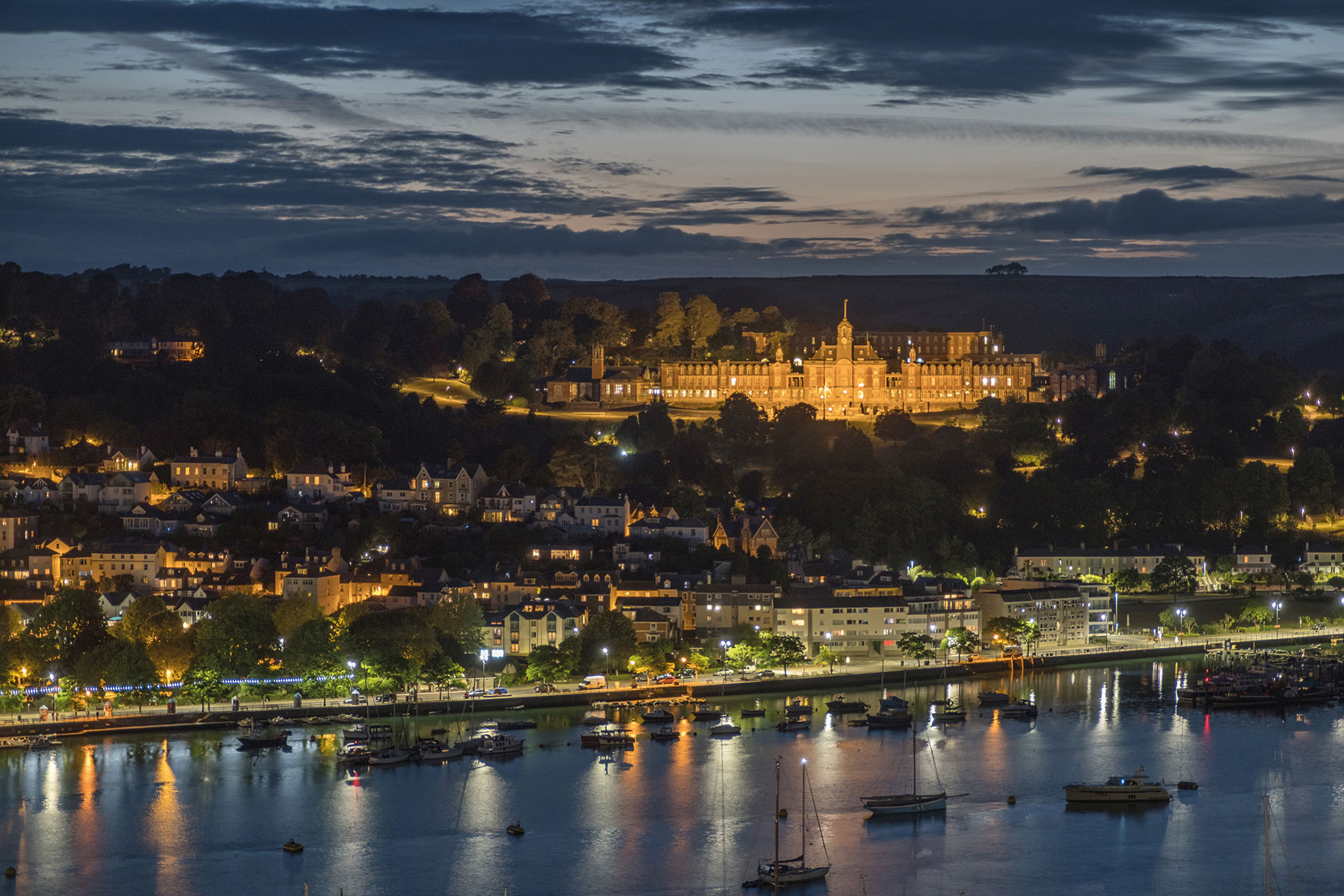
“Like many people, I am attracted by the lighter weight of mirrorless cameras. Although the Fujifilm X-T3, complete with the XF16-55mmF2.8 R LM WR, lens cap, hood and tripod mount is only 234g lighter than my Canon EOS 6D Mark I with its 24-105mm lens, lens cap, hood and tripod mount, the X-T3 with lens is smaller in all dimensions than my Canon with lens. A camera and lens taking up less space could allow me to carry several additional lenses or even my infrared camera in the same bag. So much for lessening the weight, but less may actually mean more in this case!
“I enjoy photographing wildlife and other genres, but at heart I am a landscape photographer, finding nothing more exciting than interpreting a stunning scene. In recent years, I have developed a real joy for photographing the night sky, spending hours fiddling in the dark to get just the right balance between shutter speed and ISO to reduce noise and bring out starry detail.
“I was confident the Fujifilm X-T3 would meet my requirements in terms of image quality for daylight photography, but I wanted to see how far I could push it with night photography. If I am going to make the switch, then the camera must meet my additional needs for low-light photography, with a good viewfinder/LCD resolution, easy magnification for manual focus and a sensor that handles high ISO. I also often find myself in inclement weather situations, including dusty conditions, so a robust weather-sealed body is definitely a plus point.
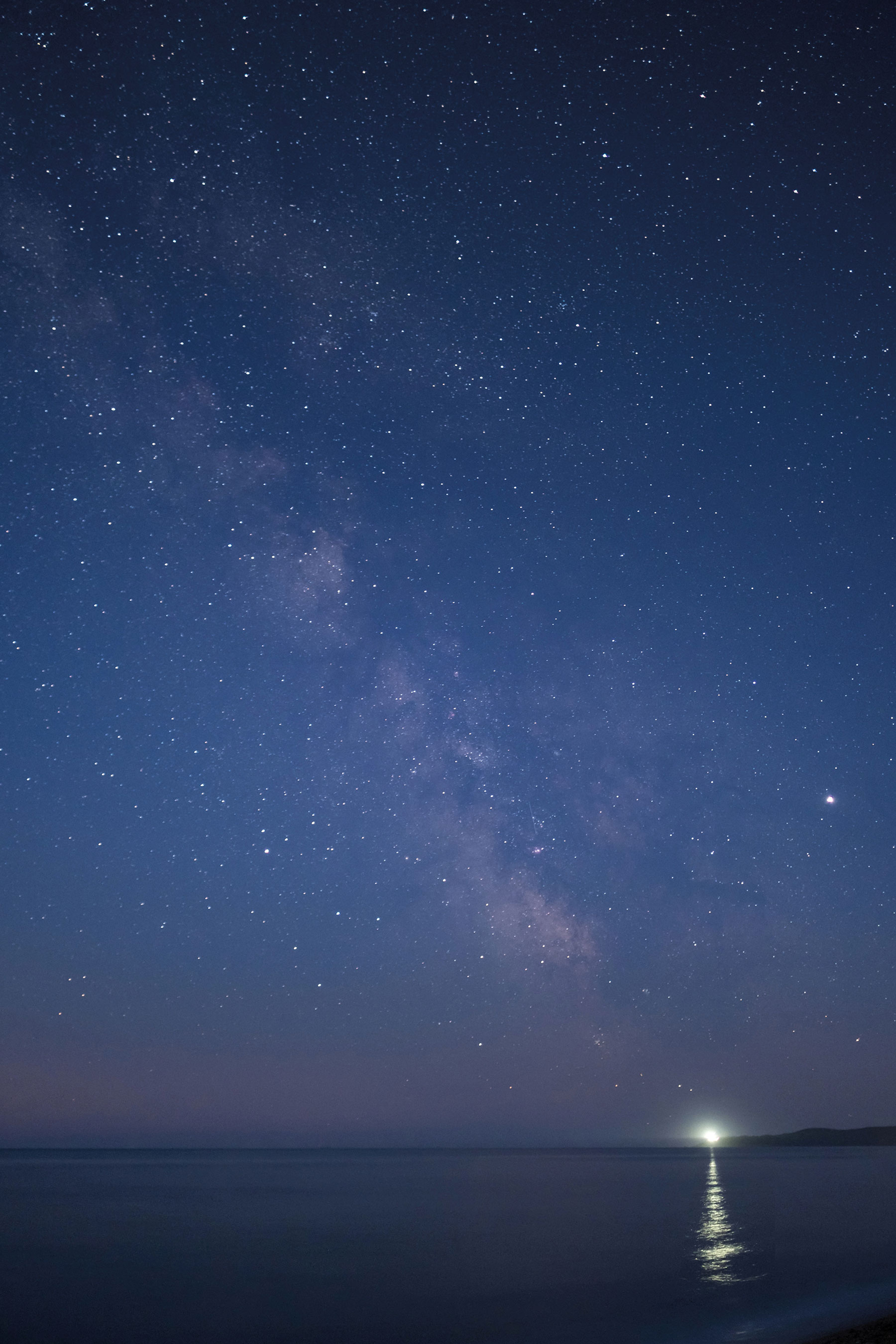
“I find a wide-angle lens with a large maximum aperture useful for star shots, so my first lens choice was the XF16mmF1.4 R WR prime lens. With star shots being very weather and moon-phase dependent, I also wanted a zoom to allow me to play around with low-light landscape shots as an alternative. Although I had read the XF18-55mmF2.8-4 R LM OIS premium zoom was very good (and smaller), I jumped at the opportunity to try the XF16-55mmF2.8 R LM WR professional zoom, with its constant f/2.8 aperture, wider focal length and weather-resistant build. Without image stabilisation, a wide aperture seemed a better bet.
“When I first picked up the X-T3, I liked the feel, the information on the LCD and the view through the electronic viewfinder. With anything new, it takes a while to get used to where things are, and this is true of the X-T3, with aperture choice on the lens and ISO sensitivity and shutter having their own dials on top. I shoot mostly in manual, so found the access to these three settings really handy, particularly with the little buttons on top of the dials to lock the ISO and shutter speed in place. The shutter dial has a brilliant time mode (T) which, once locked on, enabled me to quickly change the speed using the back command wheel. With a maximum of 15 minutes, it almost makes the bulb setting (B) redundant. White balance, set through the menu, has the usual choices plus some customisable options, but I usually leave it on auto and adjust in post-processing. There is also an exposure compensation dial on top, which could be useful when shooting in aperture-priority or shutter-priority modes. I shot in Raw only, but two card slots mean it is possible to record JPEGs at the same time on another card.
“Typically, my fortnight with the X-T3 began with the end of the consistently clear night skies and the beginning of the full moon, neither of which is conducive for good star shots. However, by keeping a close watch on the cloud conditions via the Clear Outside app, I managed to take a few long exposures on a tripod in my local south Devon area, and I also had one opportunity to catch the Milky Way over Start Point Lighthouse just before moonrise.
“With no built-in stabilisation in the X-T3 or the lenses I had borrowed, I was conscious of ensuring I was shooting on a fast enough shutter speed to keep the images sharp when shooting handheld. This meant constantly adjusting the sensitivity – easy to do with the accessible dial on top. ISOs in the range of 800 to 3200 presented no post-processing problems and allowed me to wander around London at night with an inconspicuous camera in my hand and no tripod.
“The menu is multilayered, but quite clearly and intuitively laid out. There is a quick menu (Q) button on the back that gives immediate access to 16 different options, all of which can be customised from an extensive list of choices. My top choice was self-timer for a two-second delay on the shutter release when on a tripod, but I also easily accessed the autofocus (AF) mode and the white balance setting through the Q button.
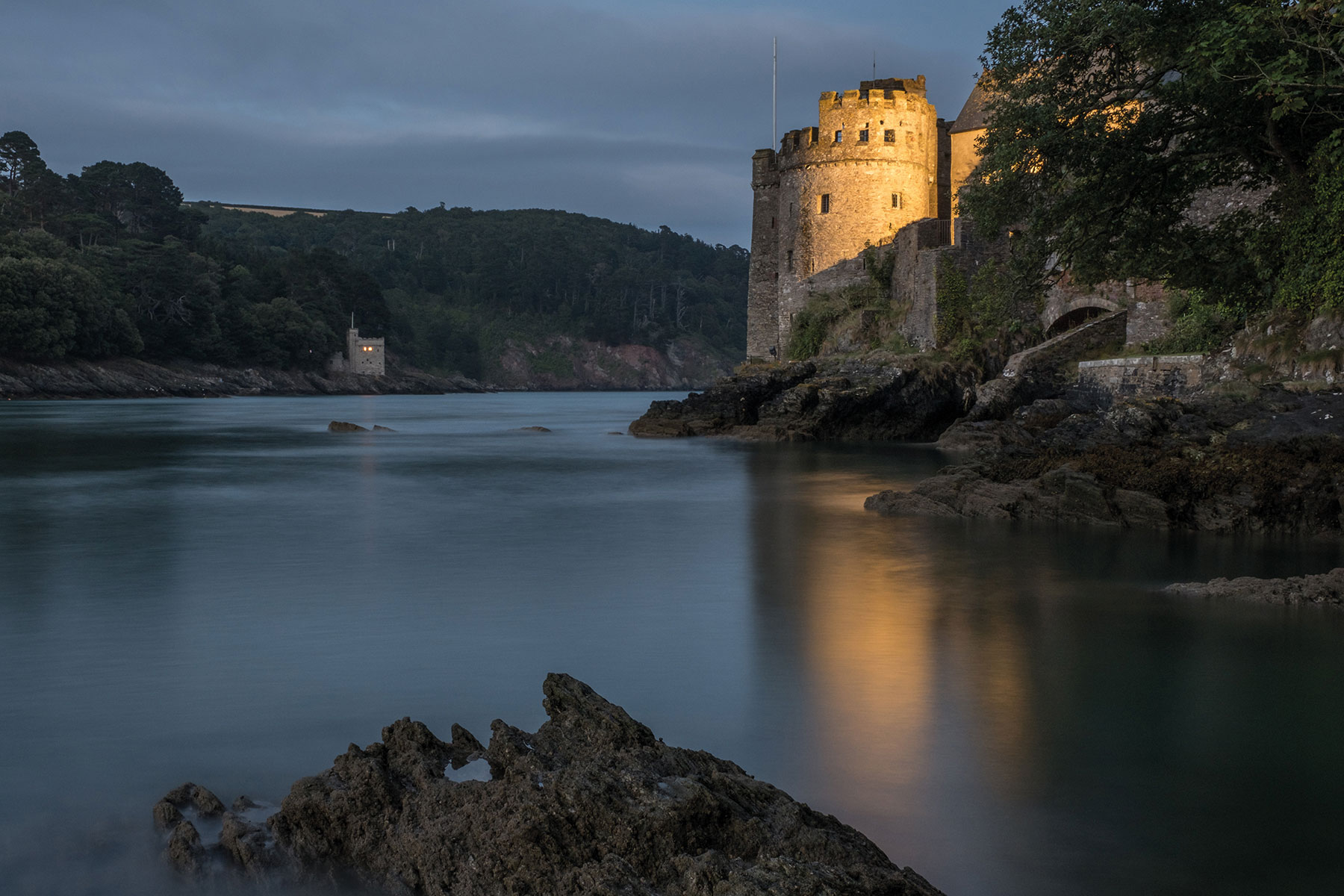
“When I finally got a clear night sky, I found the manual focus magnification easy to use and the moveable LCD really useful. Single focus point worked well on stars, and I was impressed with the number of focus points, right up to the edge of the frame. Selecting these using the focus stick is quick and easy. Battery life could have been better, so I always carried a charged spare. My only other complaint is that, typical of all modern machinery, the manual is online. I would pay extra just to have a hard copy in my hand!
“My two weeks with the Fujifilm X-T3 have only scratched the surface of its potential, and I mostly used settings and procedures with which I already felt comfortable. With more time, I would challenge myself to explore the range of settings and in-camera processing possibilities in more detail, as well as setting all the options for more personal use. It’s a mighty camera, and its excellent image quality in low light and at night certainly makes it a strong contender when I decide to abandon my DSLR. In fact, I would say to anyone considering a switch, make sure you look at the X-T3 first!”
The kit Ginny used
Fujifilm X-T3
The Fujifilm X-T3 is a mirrorless digital camera featuring a 26.1-megapixel back-side illuminated ASP-C sensor, blackout-free continuous shooting, an AF system with 2.16 million phase detection pixels providing 100% coverage, with the ability to record 4K/60p video in 4:2:2.
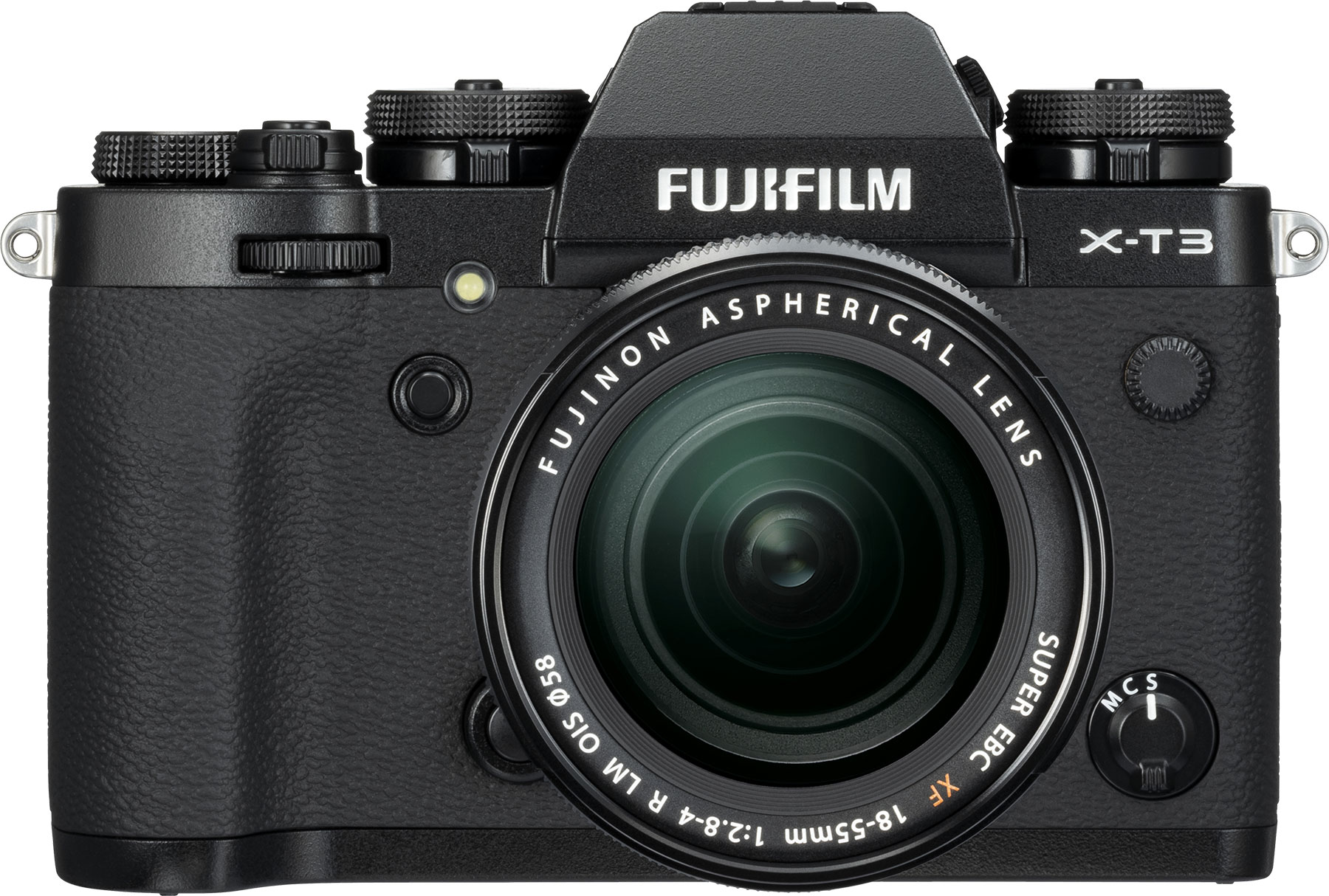
XF16mm f/1.4 R WR
This ultra-fast prime lens offers a super-wide 24mm equivalent focal length in 35mm format and a maximum aperture of f/1.4. With the addition of weather-sealed construction, this lens is ideal for architecture, landscape or astro photography.
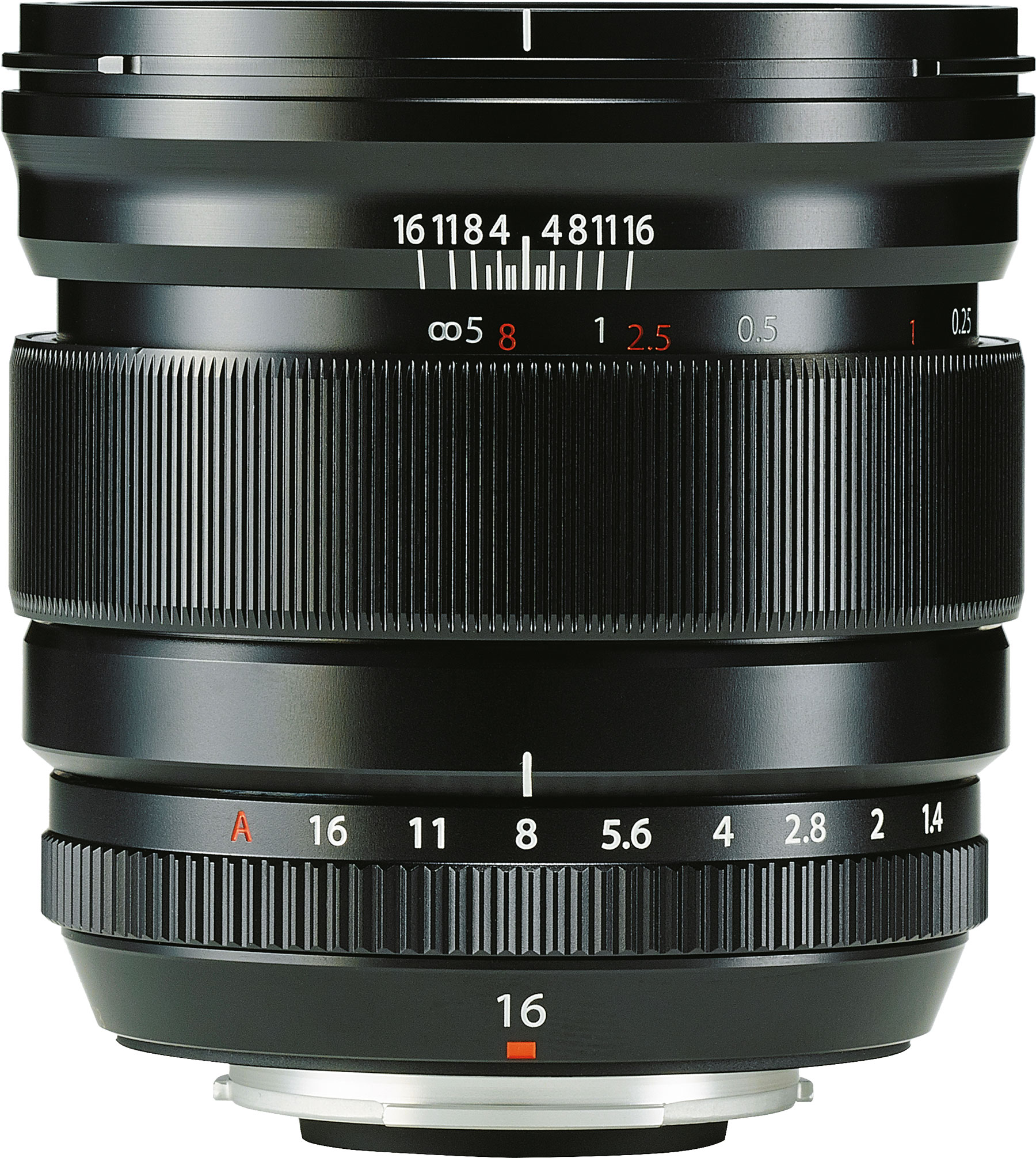
XF16-55mm f/2.8 R LM WR
With an equivalent focal length of 24-84mm in 35mm format and a constant maximum aperture of f/2.8, the weather-sealed Fujinon XF16-55mmF2.8 R LM WR professional zoom lens provides versatility, durability, quality and speed.
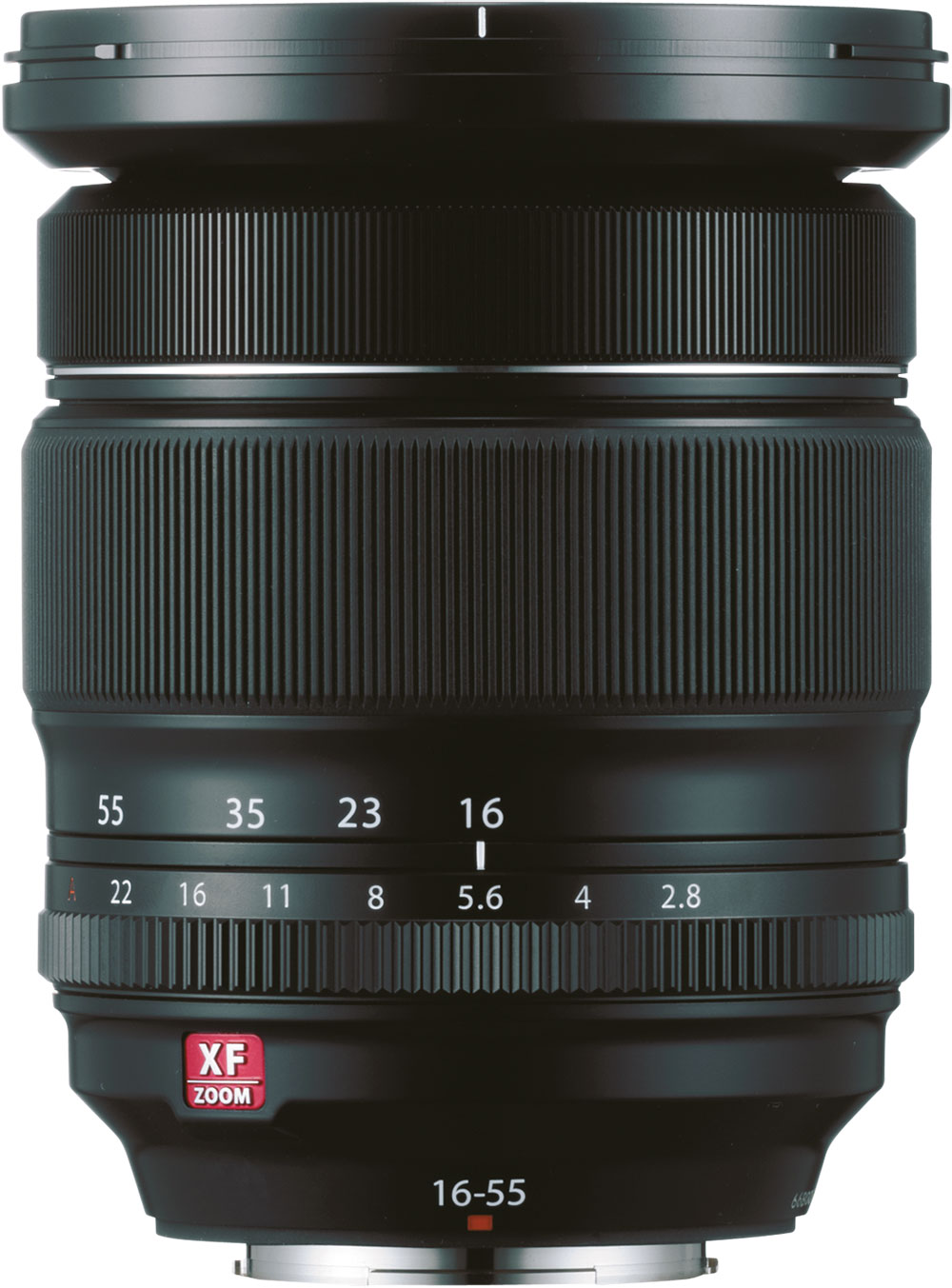
Get involved
If you’re looking to make the switch to Fujifilm and want to be featured in Photography News, click here, fill out the form and you could be selected to borrow a Fujifilm camera and two lenses for up to two weeks, free of charge! Terms and conditions apply and can be found here.





